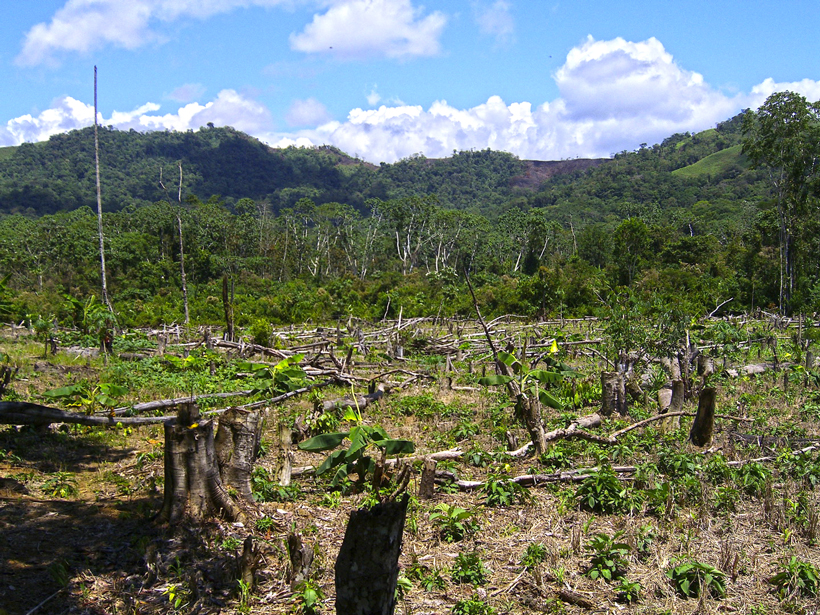Scientists using lightning sensors to automate air-turbulence detection have found evidence that storms jostle aircraft much less than previously thought.
wind
Improved Models of Wind Flow over Mountains
A new approach for representing areas of low-lying mountains improves the simulation of atmospheric flow over gentle topography without increasing computational requirements.
Using Sounds from the Ocean to Measure Winds in the Stratosphere
Stratospheric winds deflect acoustic waves from the oceans. With the right data and the math to analyze them, these waves tell us about the weather aloft.
Can the North Brazil Current Help Us Understand Atlantic Water Flow?
Currents off the coast of northern Brazil can be used to study changes in the larger oceanic circulation pattern in the Atlantic, when variable winds in the regions are properly accounted for.
New Atmospheric Wave May Shape Venus's Clouds
A novel model suggests that a new wave may be responsible for Venus's iconic Y pattern.
What Formed These Curious Ripples on Mars?
Dunes, ridges, or something else? Scientists seek to understand the origins of transverse aeolian ridges.
A Weather Eye on Coastal Winds
New satellite radar image-processing system provides wind speed maps with an unprecedented degree of precision. Such maps will help coastal communities prepare for wind-related hazards.
Could Amazonian Deforestation Increase Cloudiness and Rain?
In trading trees for pastures, patchwork differences in vegetation heights increase cloudiness in downwind regions.
Exploring How Wind Blows Sand on Dunes
Sand dunes migrate—so why haven’t some budged in 60 years?
Polar Warming Makes the Jet Stream Stable, Not Wavy or Blocked
An idealized climate model suggests polar warming stabilizes the jet stream and reduces atmospheric blocking at midlatitudes.









